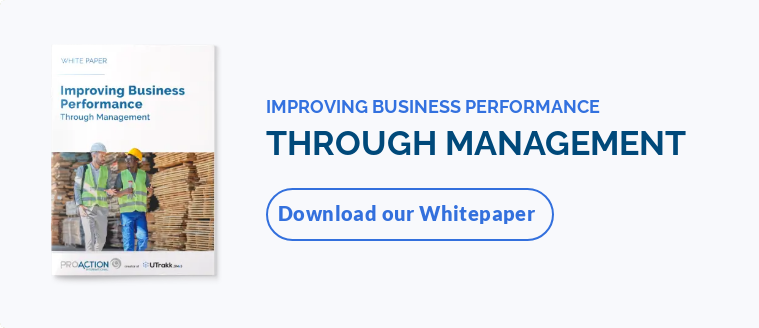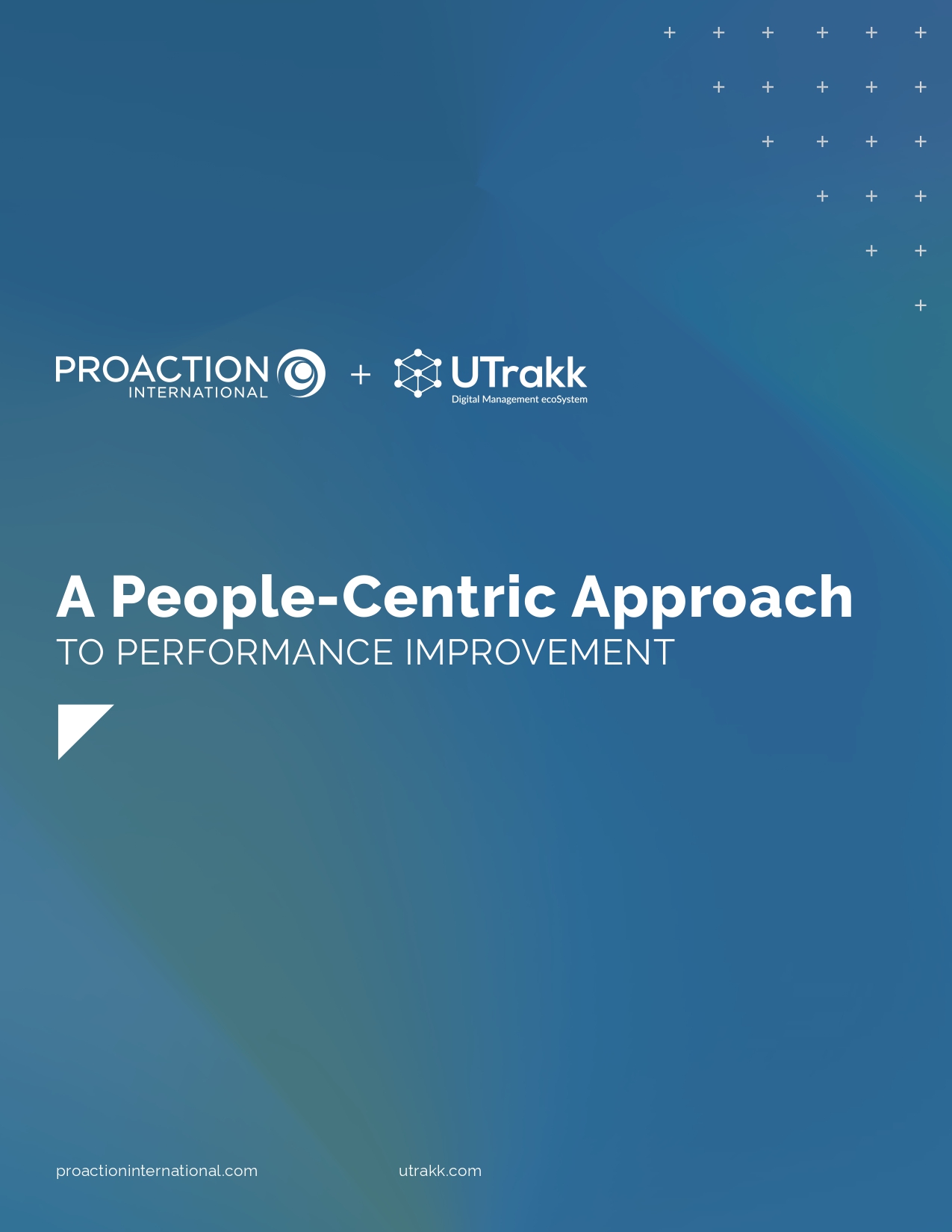The challenges of business leaders today
The industrial and economic landscape is going through significant upheavals. The emergence of Industry 5.0 technologies, with innovations like artificial intelligence (AI), the Internet of Things (IoT), and advanced data analysis, redefines organizational models. These interconnected systems require leaders to exercise agile leadership and gain a deep understanding of how such technologies can be used to improve daily performance. It's no longer only about ensuring operational continuity but establishing a synergy between humans and machines, all while keeping the crucial aspect of ethics in mind.
With these radical changes comes an increased responsibility for businesses’ to have a positive ecological and social impact. Managers are called upon to adopt practices that reconcile economic performance with respect for the environment and people.
At the same time, workers' priorities are changing. New talents from Generation Z aspire to a fair balance between professional and personal life. They want to work in organizations that value diversity, personal fulfillment, and recognition. Leaders must consider these new demands to keep their teams engaged and high-performing.
Beyond technical and cultural challenges, management itself is undergoing a radical transformation. Traditional authoritative and hierarchical styles are no longer valid in a world where collaboration prevails. Today's leaders must have a collaborative attitude. Vertical authority makes way to a team dynamic based on open communication, mutual respect, trust, and empowerment.
Lastly, the complexity of today's challenges in the business world demands leaders that can navigate through uncertainty. Making decisions in times of crises and managing multicultural individuals and remote teams, while ensuring seamless communication and high productivity, requires strong abilities that are not typically part of traditional leadership models. This shift to an agile leadership requires radical change of mindset and habits.
7 Key leadership trends to develop and perfect in 2025
Today’s leadership trends are a combination of management competences and human behaviors that meet the new expectations of the modern workforce:

1. Empathy and inclusion
Good relationships and empathy have always been part of the equation in truly motivating others, but they are becoming ever more important as we increasingly supervise from a distance or online.
The leader must first and foremost be a human before being a leader. Soft skills such as empathy, ethical awareness, open-mindedness, and emotional intelligence are becoming increasingly important. In a world where employees want more than just a job, leaders must create a supportive environment where everyone feels recognized, valued, and safe. This means listening, communicating, and promoting equal opportunities and inclusion.
What's more, the leader is committed to preserving the mental health of their employees and creating a work culture of well-being. They understand that these aspects are crucial to boosted productivity and employee engagement.
2. Collaboration and teamwork
The all-mighty leader above everything and everyone is a thing of the past. Today, significant decisions are usually made collectively. Collaborative leadership encourages co-creation and shared responsibility, and welcomes ideas from all hierarchy levels. Decision circles and cross-functional workgroups are excellent tools to foster collective engagement and drive innovation.
Moreover, with the growing adoption of hybrid and remote work, the leader's ability to federate their team members, maintain effective collaboration, build trust, and create strong relationships becomes paramount.
3. Critical thinking and problem-solving
Asking the right questions, seeking different perspectives, challenging existing hypotheses to avoid ineffective solutions: the leader must encourage analytical thinking and intellectual curiosity within their teams.
For example, scenario analysis, design thinking, and post-mortem reviews help identify the real causes of problems and develop effective, sustainable solutions.
4. Technology savvy
According to Korn Ferry's Global Workforce 2024 survey, 73% of business leaders and 80% of senior executives believe AI will significantly enhance their value over the next three years.
With the rise of AI and digital tools, leaders must develop expertise in this area. They must understand how to benefit from these technologies while considering their ethical limits. It's a matter of integrating digital tools and knowing how to use them to improve productivity and decision-making.
Leaders should guide their team members in this transition and ensure technology innovations support and enhance employees' work – without replacing them.
5. Agility and adaptability
Continuous change makes existing assumptions and beliefs irrelevant. You must therefore be ready to change beliefs and ways of operating that have served you well over the years.
Rapid technological and economic changes push managers to become more agile than ever. This means anticipating obstacles, adapting to market fluctuations, revising their priorities in real-time, and maintaining clear communication to keep team members on the same page.
Being able to constantly evolve is a very important skill. Continuous improvement methods inspire the agile leader. They adopt flexible processes that encourage experimentation and quick learning.
6. Innovation and creativity
Innovation and creativity is an important business strategy for any organization wishing to get a competitive edge and attract and retain more customers. Today’s leaders encourage experimentation and calculated risk-taking. They are not afraid to try new things and think outside the box. They value curiosity, audacity, and new ideas. This fosters a culture where failure is considered a learning opportunity and motivates employees to suggest and try solutions that haven’t been tried before.
7. Curiosity and continuous learning
With the evolution of technology, specific technical skills are rapidly becoming obsolete, which means that leaders need to keep up-to-date constantly. Not only must they actively engage in continuous learning for themselves, but they must also instill a growth mindset among their teams. This means implementing personalized leadership development programs, encouraging continuous training, holding tailored coaching sessions, and integrating initiatives such as online courses or reverse mentoring (where young talent trains leaders in new technologies).
Leaders who advocate continuous improvement ensure great organization's performance, while strengthening the motivation and engagement of their employees.
Servant leadership: The key to thriving teams and organizations
Servant leadership is based on a strong conviction – an effective leader is first and foremost at the service of their teams. In other words, the servant leader prioritizes the needs of their employees.
When it comes to leadership trends designed for future growth, this leadership style is crucial as it resonates with new societal and professional expectations. Rather than exercising top-down authority, it fosters active listening, team collaboration, and employee development. A servant leader strives to achieve strategic objectives, all while ensuring workers have the resources, autonomy, and support they need to excel.
This management style leads to a deep commitment towards the team, focusing on individual and collective growth. It provides positive work environments that foster innovation, trust, and motivation, making the organization more productive, healthy, and successful in the long term. More than a managerial approach, servant leadership is a philosophy that encourages companies to rethink their relationship with power and responsibility.
If we were to draw up a portrait of the ideal leader in the era of Industry 5.0, servant leadership would embody this vision perfectly. It encompasses the key trends discussed here and integrates them into a positive, consistent, and sustainable model, representing an accomplished vision of the modern leader.









